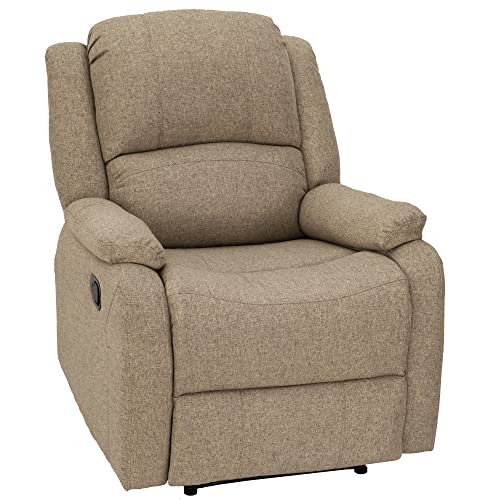I'm not quite sure where propane questions fit in this forum, so I stuck it here.
----------
I am new to using propane for any purpose, so I'm still learning.
I'm using a new 20-pound propane tank connected to a typical two-burner Coleman stove for cooking. For the most part, everything is working fine, except the very common problem of the flame height not staying where you leave the knob position. That's being talked about in another thread.
Something weird happened just the other day and I'm not experienced enough with propane usage to know what it might be.
Long story short, after lighting the stove, it usually burns pretty high. I was heating water for a shower as I regularly do now. As I was puttering around doing other stuff waiting for the water to get hot, I could hear that the flame had gotten lower. I checked and it had gotten lower. In fact, the flame was kind of weak. I turned everything off including the tank valve, and then turned it back on, and everything was normal. Problem gone.
A couple of days later, something very similar happened, except that this time, the stove turned itself down, and then after about 2 minutes, it resolved on its own and the flame went back up.
Possibilities:
1. Poltergeist - Could be, but I doubt it. I have a full can of Ghostbuster spray.
2. Tank malfunction - Seems highly unlikely as the tank is almost brand-new, has been working fine for about two months, and tank malfunctions wouldn't likely repair themselves.
3. Gas pressure problem - I don't see how it could be this because there's a pressure gauge on the tank and it shows everything is fine and the tank still feels mostly full.
4. Filter - When I bought a filter for my Buddy Heater, I bought a spare. And then I decided to put the spare in line to the Coleman stove. It is screwed directly into the Coleman stove regulator. That has always worked well enough, but now I'm suspecting this is the cause of the problem. How exactly? I don't know.
The filter could be getting clogged, but that seems unlikely. Reason is that the stove uses far less gas than the Buddy Heater, and the filter on the Buddy Heater is still fine.
I'd appreciate any reasonable ideas about what could be causing this.
Tom
----------
I am new to using propane for any purpose, so I'm still learning.
I'm using a new 20-pound propane tank connected to a typical two-burner Coleman stove for cooking. For the most part, everything is working fine, except the very common problem of the flame height not staying where you leave the knob position. That's being talked about in another thread.
Something weird happened just the other day and I'm not experienced enough with propane usage to know what it might be.
Long story short, after lighting the stove, it usually burns pretty high. I was heating water for a shower as I regularly do now. As I was puttering around doing other stuff waiting for the water to get hot, I could hear that the flame had gotten lower. I checked and it had gotten lower. In fact, the flame was kind of weak. I turned everything off including the tank valve, and then turned it back on, and everything was normal. Problem gone.
A couple of days later, something very similar happened, except that this time, the stove turned itself down, and then after about 2 minutes, it resolved on its own and the flame went back up.
Possibilities:
1. Poltergeist - Could be, but I doubt it. I have a full can of Ghostbuster spray.
2. Tank malfunction - Seems highly unlikely as the tank is almost brand-new, has been working fine for about two months, and tank malfunctions wouldn't likely repair themselves.
3. Gas pressure problem - I don't see how it could be this because there's a pressure gauge on the tank and it shows everything is fine and the tank still feels mostly full.
4. Filter - When I bought a filter for my Buddy Heater, I bought a spare. And then I decided to put the spare in line to the Coleman stove. It is screwed directly into the Coleman stove regulator. That has always worked well enough, but now I'm suspecting this is the cause of the problem. How exactly? I don't know.
The filter could be getting clogged, but that seems unlikely. Reason is that the stove uses far less gas than the Buddy Heater, and the filter on the Buddy Heater is still fine.
I'd appreciate any reasonable ideas about what could be causing this.
Tom




























































